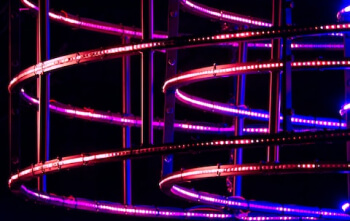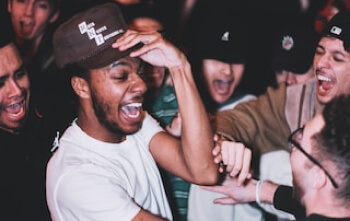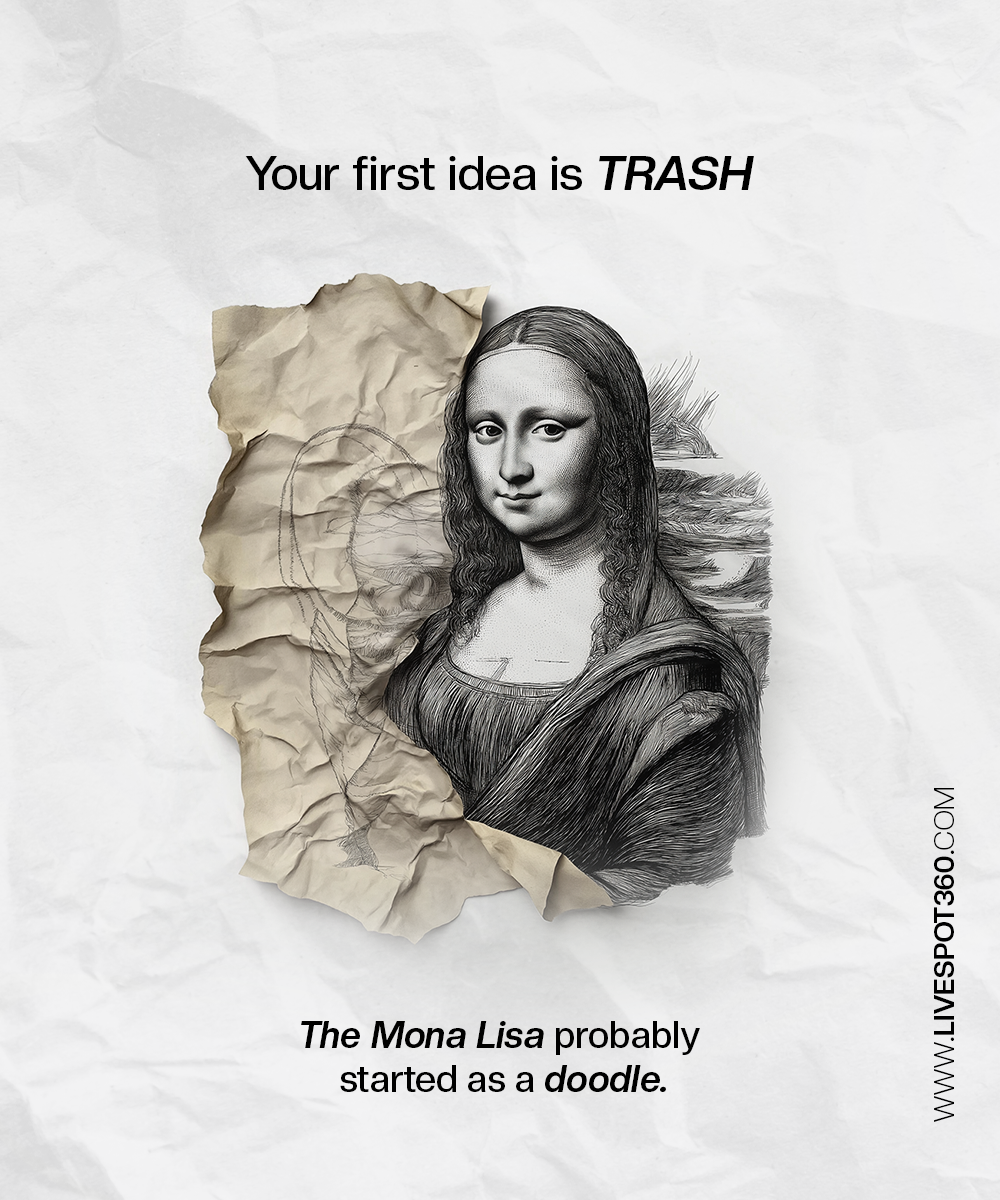The creative process often begins in a way that’s far from glamorous. It’s easy to look at a finished product—be it a painting, a product design, or a tech innovation—and think it emerged fully formed, like an idea blessed by the gods of inspiration. But the truth is, the path from an initial concept to a polished masterpiece is rarely smooth. It often starts with something decidedly ugly: the “ugly first draft.”
The Ugly First Draft theory posits that the first iteration of any idea is typically a mess—imperfect, rough, or downright bad. But that mess? It’s necessary. The ugliness is part of the process, and it’s not a reflection of failure; rather, it’s a sign that you're on the right track. Creativity doesn’t come from perfection—it comes from the willingness to create, refine, and evolve.
Why the Ugly First Draft Matters
It’s human nature to want to avoid mistakes. We fear imperfection because it suggests that we're not good enough or that our ideas don’t measure up. But the reality is, no significant breakthrough has ever started perfect. Every genius idea, every world-changing product, began as something rough—something that needed work.
Perfection is paralyzing. When you’re obsessed with getting everything right from the start, you’re essentially strangling your own creativity. You end up overthinking, hesitating, and avoiding action. The best way to move forward with any idea is to embrace its imperfections. The first draft is where everything starts, and it’s okay if it’s far from great.
The Process of Refining Ugly Ideas
Think about it this way: if you’ve never created something that feels like a complete disaster, you’re probably not taking enough risks. Whether it’s a first attempt at a painting or the initial version of a website, everything worth building goes through this phase.
Some of the world’s most groundbreaking products began with messy, half-baked ideas. Take Google’s first homepage: it was "hideous" by today’s standards, cluttered with unnecessary elements. The company’s first name, "BackRub," didn’t exactly inspire confidence, either. Yet today, Google is one of the most influential companies on Earth.
Netflix had a similarly humble beginning. The service first started as a DVD rental model—not the sleek streaming giant we use today. Similarly, Apple’s first computers were bulky, clunky, and very far from the iPhones and MacBooks we know now.
These companies didn’t start out perfect. What they did was embrace the “ugly” early drafts, refining and improving over time. And that’s exactly how the creative process works: you start ugly, and then you get better.
The Key to Progress: Start with Something
It might sound counterintuitive, but it’s better to have an ugly idea than no idea at all. The key to progress is simply starting—taking that first step, even if it feels imperfect. Creativity isn’t a straight line. It’s a messy, nonlinear journey that requires flexibility, patience, and, above all, persistence.
Many of the world’s most famous ideas began as scribbles or rough prototypes that nobody thought would succeed. The famous Post-it Note was invented by accident, created from a failed attempt to make a strong adhesive. The iPhone’s touchscreen interface was revolutionary—but it wasn’t built in one go. It took countless iterations to get there, and each version was a step toward something better.
The fact is, creativity demands room for failure. If you aren’t willing to let your first draft be messy, you’re missing out on an opportunity to improve and refine. Some of the best innovations have come from a space of trial and error, where mistakes were made, learned from, and eventually overcome.
Embracing the "Ugly First Draft" Mentality
The key takeaway from the Ugly First Draft theory is this: creativity is about the willingness to start somewhere—even if that somewhere is rough. The “ugly” stage isn’t a dead end; it’s simply the beginning of something bigger. Once you’ve got the rough idea, you can shape it, mold it, and turn it into something powerful. But that process of refinement can only happen if you let go of the need for perfection and simply begin.
So, the next time you find yourself paralyzed by a blank page or an idea that feels far from great, remind yourself: your first draft doesn’t need to be perfect. It just needs to exist. After that, everything can be refined, tweaked, and improved. The ugly draft is not a failure—it’s a necessary step toward a better version of your idea.
The Ugly First Draft theory challenges us to create, even when the work isn’t pretty. The world’s most successful companies, artists, and innovators didn’t wait for perfection to arrive. They made the mess, and then they fixed it. And so can you.









